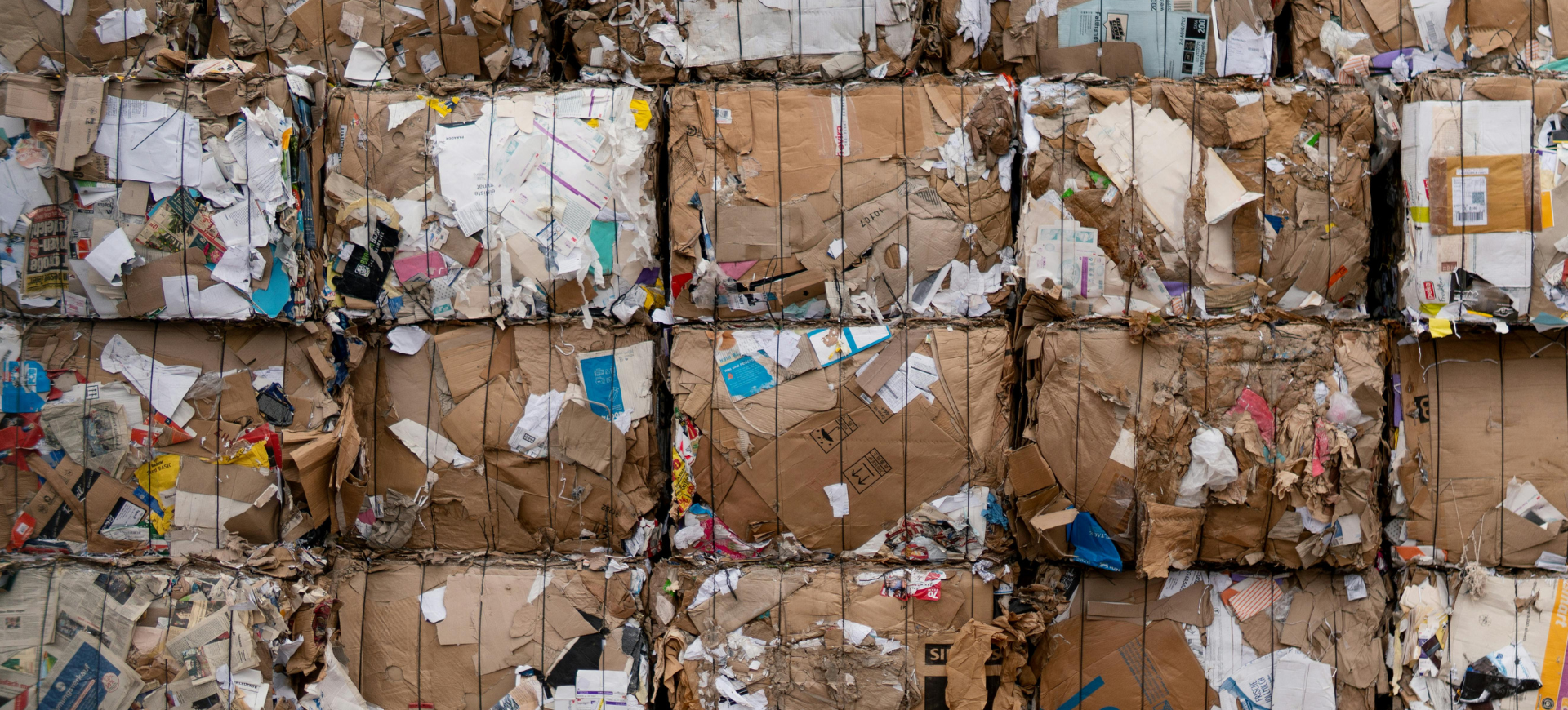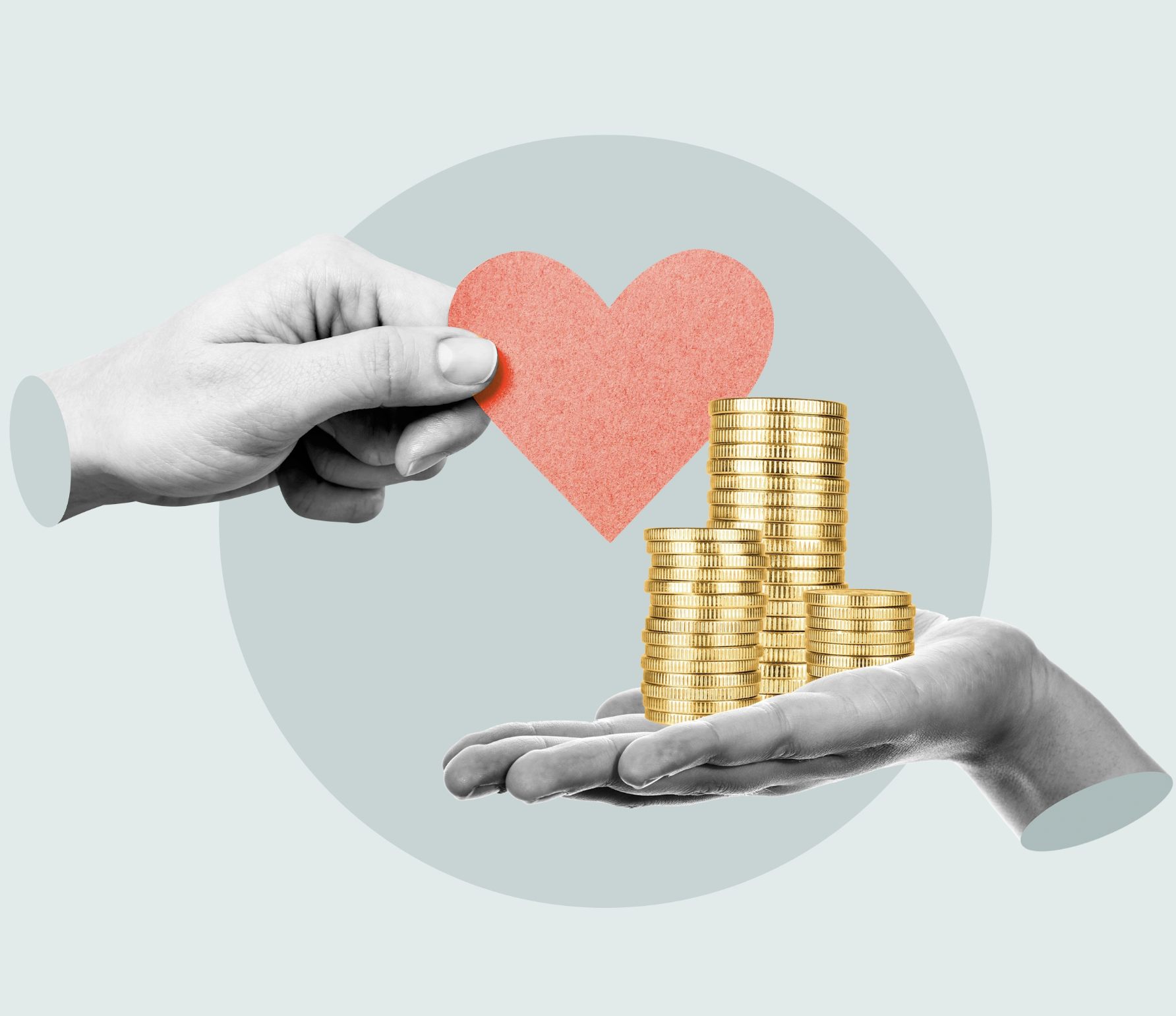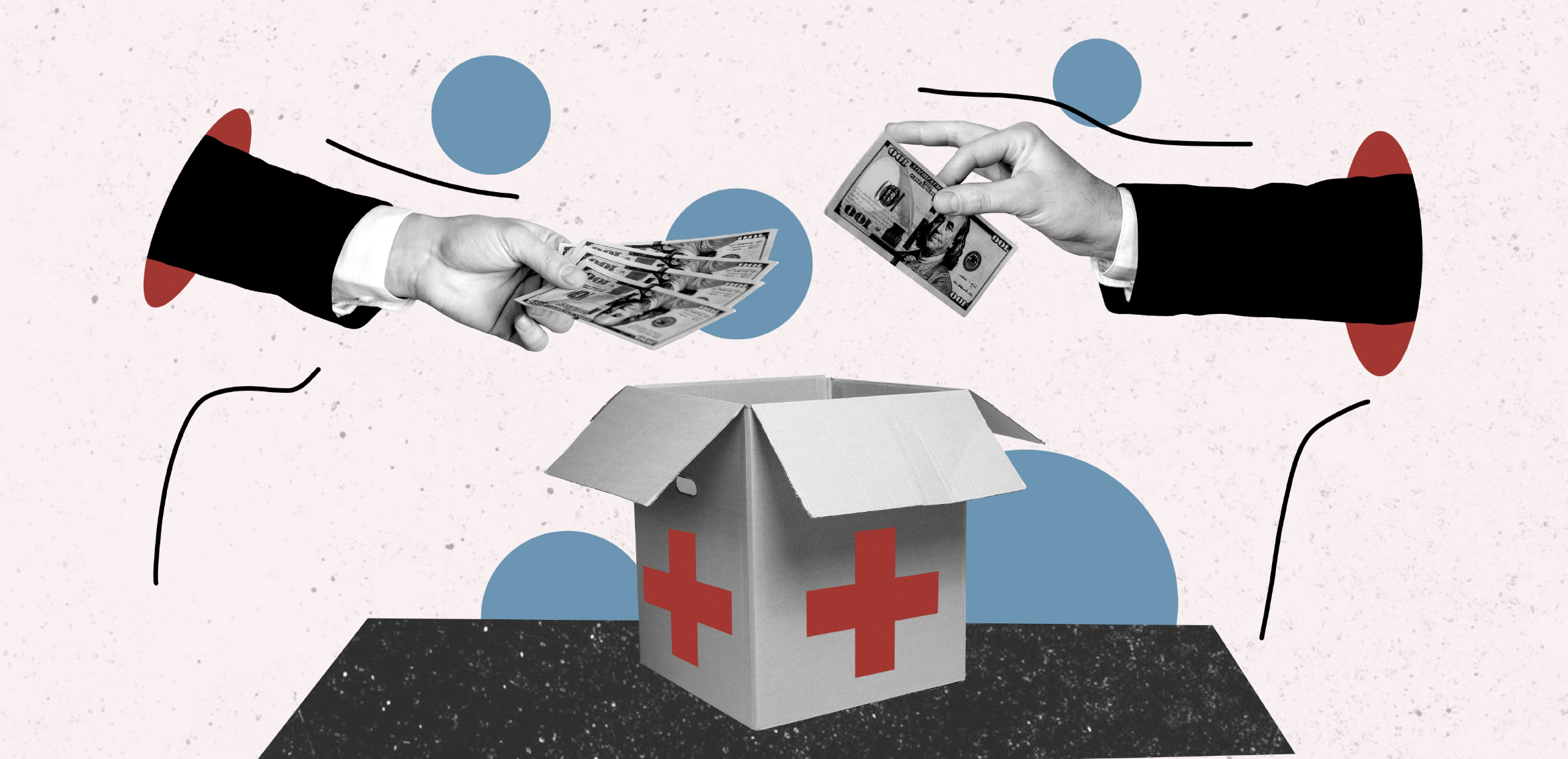Unleashing the EU’s circular economy potential
Europe prides itself on leading the charge for sustainability, but when it comes to transitioning to a circular economy, it has been stagnating. Despite consistent legislative efforts and ambitious rhetoric, the EU is still far from reaching its ambition to double its circularity rate by 2030.
To do this, Europe must shift from a linear to a circular mindset and quickly build on its current advantage, maintaining its lead in the technologies, services and industries that will drive the circular economy transition.
It’s time for the EU to showcase its commitment to competitive sustainability, the ability of an economy to excel relative to international competitors in their transition to sustainable development, starting with the Circular Economy Act that Commission President Ursula von der Leyen highlighted in her recent political guidelines.
European material consumption far exceeds sustainable levels, contributing to the global triple climate change crisis, biodiversity loss and pollution.
In 2022, the average per capita CO2 material footprint in the EU 27 was 14.9 tonnes—900 kg more per person than in 2013, which was more than double the sustainable consumption level of around 6-8 tonnes per capita.
The EU also generates about 2.2 billion tonnes of waste annually, an astonishing 4,815 kg per capita.
Europe’s dependence on global imports for critical raw materials and fossil fuels is increasing, particularly those needed for the green transition, such as rare earths for wind turbines, silicone for solar panels and lithium for batteries.
The extraction and processing of critical raw materials is geographically concentrated and exposes the European Green Deal Agenda to geopolitical fluctuations and external shocks. The EU currently sources virtually all its rare earths from China plus more than 90% of its magnesium needs, 68% of the EU’s cobalt comes from the Democratic Republic Congo; 78% of its lithium from Chile.
Allowing these resources to slip through linear processes and value chains represents an inexcusable loss of value.
There has been some encouraging progress. Resource use in Europe has declined over the last decade, decoupling from economic growth. Waste generation has also decreased, with total per capita waste falling by 4.2% in the EU between 2010 and 2020.
The EU boasts a recycling rate of 11.6%, higher than most regions globally. And the EU’s own research suggests that thanks to its policy leadership, it holds a technological edge over foreign competitors in critical value chains such as heavy industry, textiles and construction.
However, resource use and waste generation have dropped by less than 5%; the trend has plateaued in recent years.
So why is progress so slow when the EU was one of the first to push for circularity? It placed the Circular Economy Action Plan at the heart of its Green Deal, passed landmark legislation like the Critical Raw Materials Act and continues to enact regulations to reshape the single market toward circular solutions, including the Taxonomy Regulation, the Ecodesign for Sustainable Products Regulation and the Right to Repair Directive.
Its progress has been patchy due to the linear thinking of consumers and business leaders. While EU policymakers have laid the groundwork for developing policies to promote the circular economy, implementation has been uneven.
Policies have also suffered from a lack of clearly defined targets, resulting in limited impact at a sectoral level, particularly in high-waste sectors like plastics and chemicals.
While EU funding is available, it is under- or ineffectively utilised. Capital flows have been redirected towards green innovation but there has been a lack of focus on circular innovation as investors lack an understanding of the benefits.
Market failures, driven by entrenched linear thinking across consumer behaviour and value chains have kept individuals and businesses locked into the “take-make-dispose” model.
It is key, then, that the Circular Economy Act avoids framing it simply as a waste management strategy or means to generate critical feedstocks, presenting circularity and economic success mistakenly as an either-or proposition when it could be a game changer – circular economy initiatives could unlock €1 trillion in potential investments, market opportunities, and CO2 savings by 2040, while generating up to 700,000 jobs by 2030.
Policymakers and business leaders need to seize the moment and capitalise on the transformative potential of the circular economy to fundamentally reshape how the EU produces, consumes and treats its trash the treasure it could be.
That is why the new climate commissioner Wopke Hoekstra recently stated that he wants European companies to be the leaders in circular, and why the Taskforce on Climate Neutral and Circular Materials and Products, led by the Corporate Leaders Group (CLG) Europe, has produced this report showing how it is possible.
The taskforce is a collaborative initiative designed to drive the transition towards sustainable and resilient material systems. With industries like construction, manufacturing, and packaging contributing significantly to greenhouse gas emissions and resource depletion, the taskforce focuses on embedding climate-neutral and circular principles across the product lifecycle.
Aligned with the EU’s Green Deal and Circular Economy Action Plan, the taskforce advocates for ambitious policies, promotes cross-sector collaboration, and fosters innovation to reduce emissions, minimize waste, and optimize resource use. Its goal is to reshape traditional linear consumption models into circular systems that support the EU’s target of achieving climate neutrality by 2050.
By enabling businesses to lead this transformation, the taskforce not only addresses environmental challenges but also enhances competitiveness, strengthens resilience, and supports a sustainable economic future.
The University of Cambridge Institute for Sustainability Leadership’s (CISL) report, “No Time to Waste: Driving the EU’s Resilience and Competitiveness through a Circular Economy,” underscores the urgent need for the European Union to transition to a circular economy.
It underlines the economic and environmental benefits of adopting circular economy practices – which can significantly reduce carbon emissions, decrease energy consumption, and minimise material use. These measures, of course, are vital for achieving the EU’s climate neutrality goals and bolstering industrial competitiveness.
The report also emphasises the necessity for a cohesive policy framework that aligns circular economy initiatives with the EU’s broader climate and industrial strategies. This integration is crucial for the effective implementation of sustainable practices across various sectors.
The report authors also posit that companies can play a pivotal role in this transition by innovating and adopting circular business models. Such models not only contribute to environmental sustainability but also open new economic opportunities and markets.
The report recommends strengthening policy frameworks to promote resource efficiency, reduce waste, and encourage the use of sustainable materials. By developing and enforcing robust policies, the EU can create a foundation for achieving its circular economy goals. Supporting businesses is also critical in this transition.
Offering incentives, funding innovation, and facilitating knowledge exchange can help companies adopt circular practices, which not only contribute to sustainability but also open up economic opportunities.
Collaboration is highlighted as a vital component, requiring partnerships among governments, businesses, and civil society to drive systemic change. These collective efforts are essential for creating a cohesive approach to a circular economy. Furthermore, investing in research and development is identified as a key driver of progress.
Allocating resources to develop new technologies and processes will enable more effective and innovative solutions to facilitate the shift.
The report concludes that only a more ambitious and integrated approach can ensure the EU achieves its goals of climate neutrality, industrial success, and social equity. Without a comprehensive circular economy framework, these strategic objectives risk remaining out of reach.
For a more comprehensive understanding of the insights and recommendations, the full report is available here: https://www.corporateleadersgroup.com/files/cisl-no_time_to_waste_report_2024.pdf.
A version of this article originally appeared at https://www.euractiv.com/section/circular-economy/opinion/from-rhetoric-to-reality-unleashing-the-eus-circular-economy-potential/












